2024 January round up

Welcome to the January round-up newsletter. A monthly letter about everything that has happened inside and outside the tea nursery.
New Year temple visit
The new year began with a visit to our local temple, just a couple hundred meters away from home. I also had the opportunity to make some traditional New Year mochi. We pounded several kilos of delicious steamed rice with a wooden mallet, then shaped them and even prepared some with kinako, anko paste and other delicious toppings.
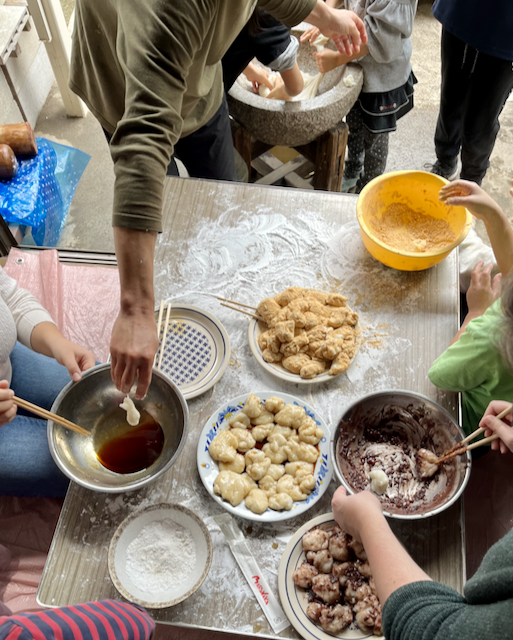
Mornings in Wazuka have been cold. A common sight these days is to see the tea fields covered in a thin layer of frost if one wakes up early enough, although, so far, we have had a snowless winter. Hopefully, we will get some soon. January has been calm regarding field work, with not much happening. That left time for more creative projects at the office, reading through tea research and much note-taking on that research. Also, the Global Japanese Tea Association is celebrating its fifth anniversary, and I got my hand in a fantastic book all about tea bush pests and diseases.
Recent Activity
The essay on Bunjin and Sencha finally became publicly available. It has been great to see the reach and reception of it. Thank you so much to everyone who shared it and sent their thoughts about it. It has been by far the most visited page in the blog. It has been a great motivation to keep researching and go through the time-consuming but more rewarding path of taking a lot of time to research deeply the topics I want to share, like tea culture or cultivars.
What is next
There is finally advancement on the next cultivar post. It will end up being published in two parts, so expect the first part to land soon in your inbox. It has been challenging to write this one, and it is well over 3-4 months in the making. The more I looked into it, the more I found. Now, I am at a stage where I am thinning it down as much as possible and reserving material for other more in-detail posts someday.
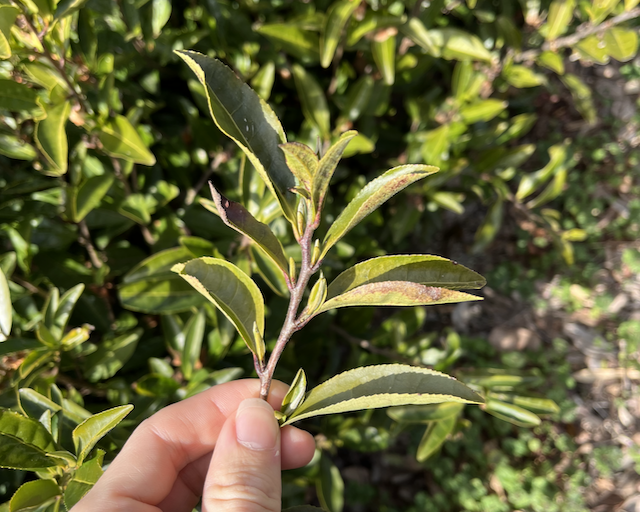
In February, we will do some fieldwork again, repairing shading structures in the fields and preparing the shading material for direct shading. I have been preparing some information on Kyobancha, a tea made with winter leaves we will process at the end of February or early March. In the meantime, if you have an opportunity, get some and enjoy its sweet and sometimes smoky notes.
Following the Awabancha festival trend of travelling to remote villages, I am trying to see if I can organize a visit to Kasuga, a small tea village in Gifu. I will share in the blog if I manage to arrange a visit there.
Books and other fun stuff
This month, I have been reading a lot of research papers and tea-related material for a project at work. On top of that, I also read a lot (even more) about cultivar breeding. But there have been two books I have particularly liked this month, plus an unexpected farming journal that was given to me by Marjolein from Ikedoki Tea in Nagasaki. Thanks again Mar!
The farming journal is an agenda, field journal, and reference book for tea farmers. It has all that you would expect from an agenda/journal but also has up-to-date information on tea production statistics, insecticide and fertilizer application ratios, common pests and their life cycles, price of tea processing machinery and a lot of phone numbers for different agricultural organizations of several regions.
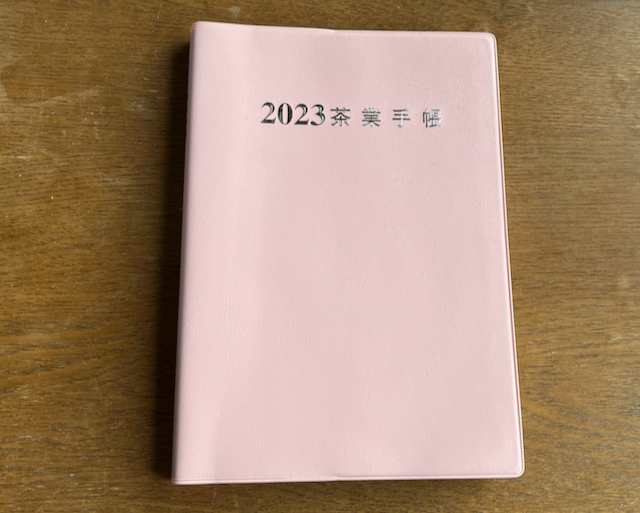
The next book is "Nakagawa, Muneyuki, and Yukihiko Hara. The History of Tea Components. Edited by Zeno Apostolides, Nakagawa, 2015.". It is a book on the history of tea compounds, basically a chemistry history book, an amazing and weird mix of research and historical background on chemistry development. A surprising book with lots of information on how researchers at different points in history have more or fewer tools and can navigate the discovery of compounds or correct previous research.
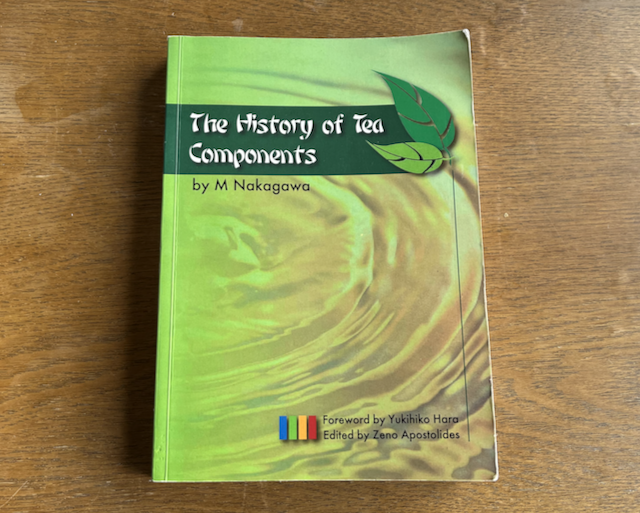
The tea diseases book is "Akihito Ozawa, Yasushi Sato. 目で見る茶の病害虫. Published by the Shizuoka Tea Board". A small book with densely packed information on pests and diseases of tea bushes. It includes its lifecycles and many pictures to identify those pests and diseases and possible ways to deal with them. Both with field management techniques or, in more severe cases, how to correctly apply insecticides more efficiently. A great reference book that I will for sure be bringing with me into the fields at some point to see if we can do some bug hunting and write about them for the blog.
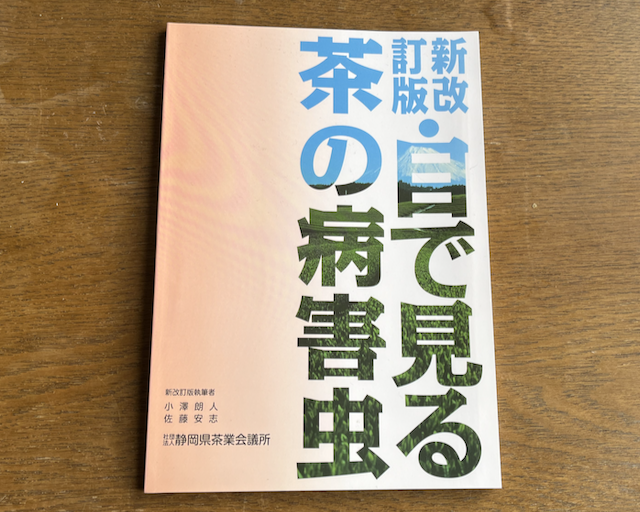
That is it for this month. As always, you can help the blog by sharing this newsletter or any of the blog posts and sharing it with a friend or family member who could enjoy it.
